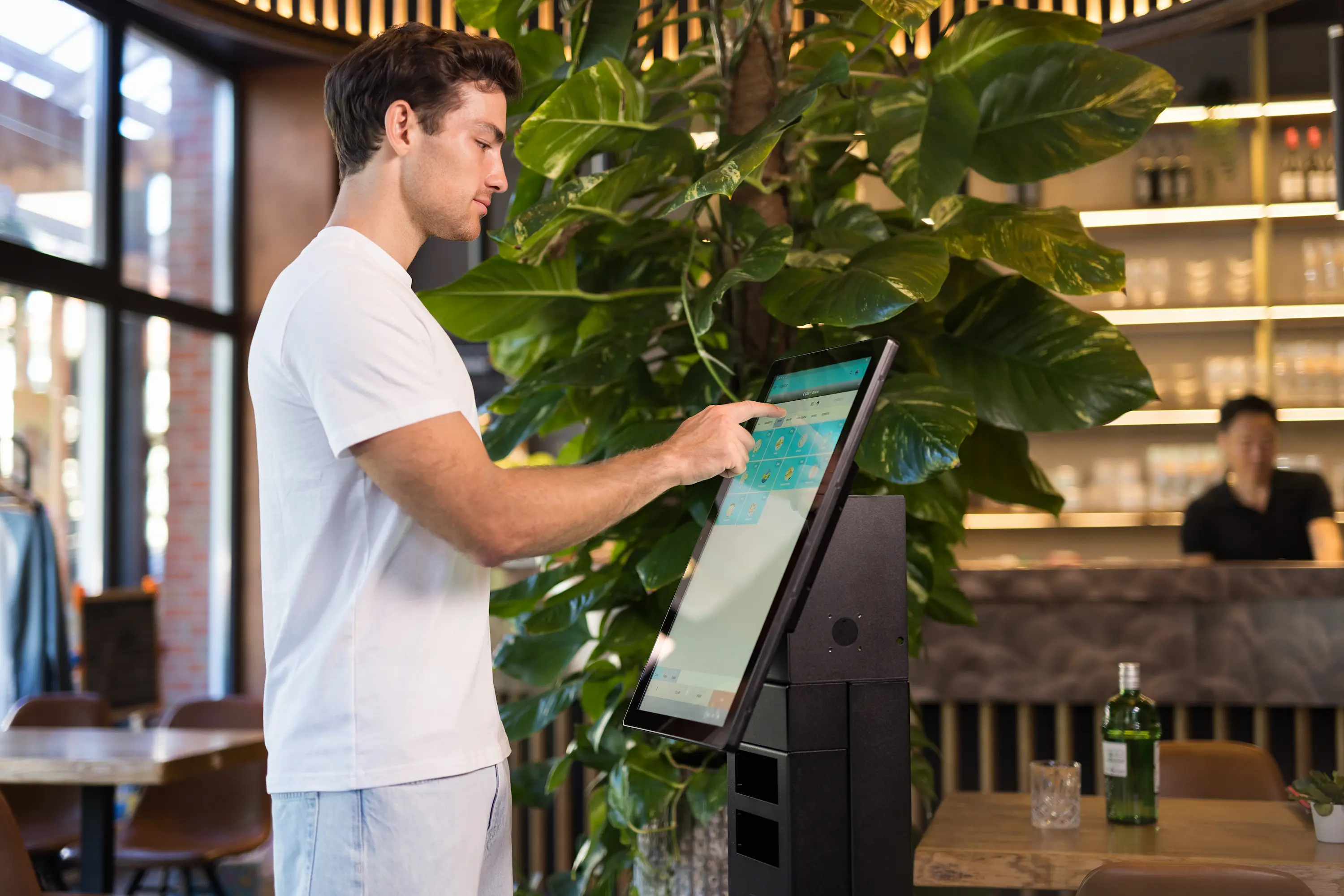Revitalize Your Restaurant with a Hardware Refresh
In busy restaurants, having an efficient workflow is a must. If you’re looking to update the way your restaurant flows, refreshing your hardware can have significant results. From workflow optimization to inventory checks, here are the key benefits of a hardware refresh.
Effective Resource Management in Restaurants
From staff to ingredients to POS systems and kitchen equipment, managing the resources in your restaurant is crucial to operational efficiency and a high-quality customer experience. Finding the right tools and hardware to manage your resources can result in financial stability, happier staff, and loyal customers.
Analysis of Work Processes and Resources in Restaurants
The first step to managing your resources and establishing an efficient workflow is to understand the current challenges your restaurant faces. You’ll want to conduct a workflow analysis to see potential areas of improvement in your day-to-day operations. For example, how your staff take orders and serve customers, how these orders are delivered to the kitchen, food preparation and cleaning, and your payment options.
When you begin to examine your operations, bottlenecks can start to become a little clearer. Common bottlenecks in a restaurant environment include kitchen congestion during peak hours, delays in meals being ordered and delivered, running out of ingredients during service, and the waste of unused kitchen produce.
Another key factor to investigate is staffing patterns and resources. Identifying trends in staff costs and scheduling patterns means you can make better decisions on ways to streamline any staffing issues and potentially minimize labor costs.
Optimization of Workflows through Self-Service Tablets
Once you’ve investigated your restaurant’s workflow and the way resources are allocated and used, it’s time to start optimizing. More and more restaurants are choosing a hardware refresh and turning to tablet technology to help optimize their businesses.
Self-service tablets are a great way to streamline customer experience, ensuring quicker table turnovers, reduced labor costs, and maintaining efficiency in the kitchen. Tablet integration requires minimal staff training and can make a big difference to your customers’ experience.
With self-service solutions, customers can order directly to the kitchen, customize items, and pay all from one device. This automation ensures order accuracy, reduces the wait times for customers, and can reduce labor costs.
Self-service tablets can also help with digital menu management. Say you need to change or add an item to your existing menu, which you can do it automatically and instantly on a tablet – saving time and the costs typically associated with changing physical menus.
Inventory Check
Tablet technology doesn’t just benefit your front-of-house staff and customers, it can also improve restaurant inventory management. When equipped with the right software, tablets can help staff track inventory levels in real-time, giving them better control over stock levels. Tablet technology automatically alerts staff when stock levels reach pre-set low levels to avoid over- or understocking which reduces waste.
Tablets with built-in scanners can be used to scan the barcodes of items in your inventory to track expiration dates and other important information needed for quality monitoring. With more visibility over inventory, chefs and restaurant managers can make better decisions regarding ordering and menu planning.
Measurable Improvements in Efficiency and Productivity
The best way to see the benefits of tablet technology into your restaurant is to perform a quantitative and qualitative analysis to get an overview of performance metrics.
First, you might want to measure a customer’s average order time and meal delivery before and after tablet integration. When you remove the possibility of human error and customer waiting time, you can increase table turnover. You could also compare your staff’s working hours and costs before and after the self-service tablet implementation.
It’s useful to get feedback from your employees on their satisfaction with the new work method. Tablet technology can often have a positive impact not only on staff by providing them with a minimized workload, but also on the overall management of your restaurant. Tablet technology can also help to streamline processes when you integrate them with your own management systems, providing insights into inventory, sales trends, and overall performance.
As with any customer-facing business, long-term customer satisfaction is crucial. Understanding how tablet technology can drive customer satisfaction can help to secure long-term revenue growth.
There are, of course, initial costs involved with incorporating tablet technology into a restaurant; such as hardware purchases, possible installation expenses, and staff training. But restaurants should weigh these initial investments against the expected increase in revenue and customer satisfaction in the long run. A ROI (Return on Investment) metric is a great way to evaluate the profitability of investing in a hardware refresh.
Partner with oona for a Hardware Refresh
For restaurants wanting to modernize their processes and improve their workflow, oona devices offer a reliable solution. By refreshing your hardware with oona devices today, you can enhance customer experience, significantly aid your inventory management, reduce labor costs, and minimize order errors.
Share this
You May Also Like
These Related Stories

Get Quicker Table Turnovers with Restaurant Tablets

Tablet Process Acceleration: Enhancing Efficiency and Profitability in Restaurants

